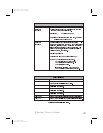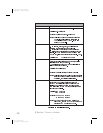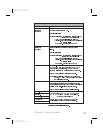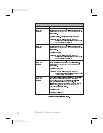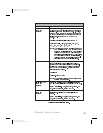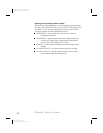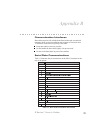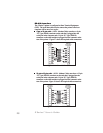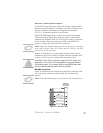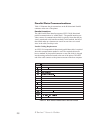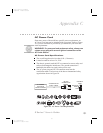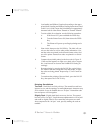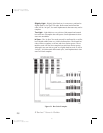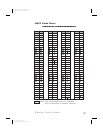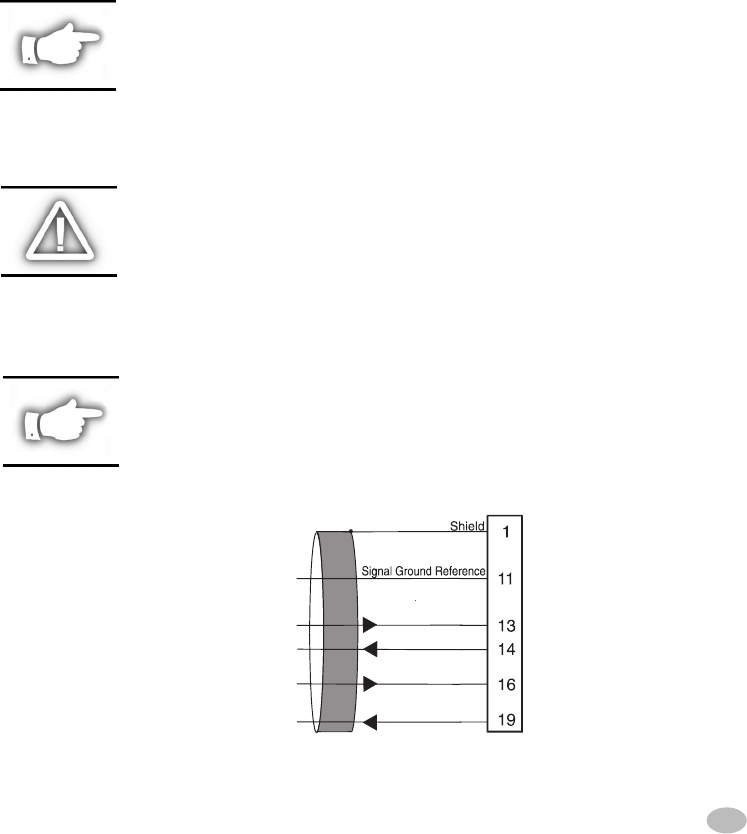
Hardware Control Signal Descriptions
For all RS-232 input and output signals, the Z Series™ printer follows
both the Electronics Industries Association (EIA) RS-232 and the Con-
sultative Committee for International Telegraph and Telephone
(CCITT) V.24 standard signal level specifications.
When DTR/DSR handshaking is selected, the Data Terminal Ready
(DTR) control signal output from the printer controls when the host
computer may send data. DTR ACTIVE (positive voltage), permits the
host to send data. When the printer places DTR in the INACTIVE
(negative voltage) state, the host must not send data.
NOTE: When Xon/Xoff handshaking is selected, data flow is controlled
by the ASCII Control Codes DC1 (XON) and DC3 (XOFF). The DTR
Control lead will have no effect.
Request To Send (RTS) is a control signal from the printer which is
connected to the Clear To Send (CTS) input at the host computer. RTS
is always ACTIVE (positive voltage) when the printer is ON.
CAUTION: The Z Series™ printers comply with FCC “Rules and
Regulations”, Part 15 for Class B Equipment, using fully shielded
six-foot data cables. Use of longer cables or unshielded cables may
increase radiated emissions above the Class B limits.
RS-485 Interface
Figure 29 illustrates the pin connections on the DB-25 connector at the
rear of the printer which are used for the RS-485 communication
protocol.
NOTE: Xon/Xoff handshaking must be usedfor RS-485 communications.
Z Series™ User’s Guide 73
DB-25P
Connector
to Printer
Data Input A(–)
Data Output A(–)
Data Output B (+)
Data Input B (+)
Figure 29. RS-485 Cable



